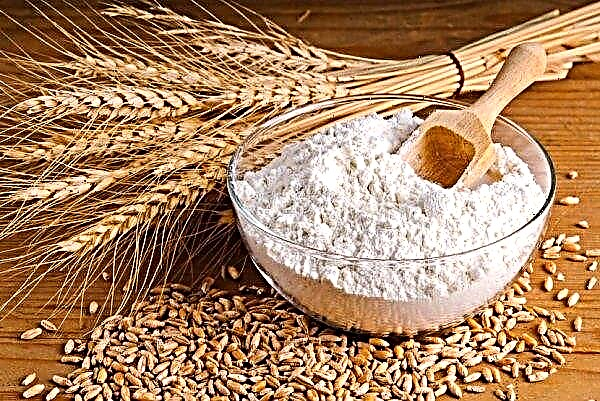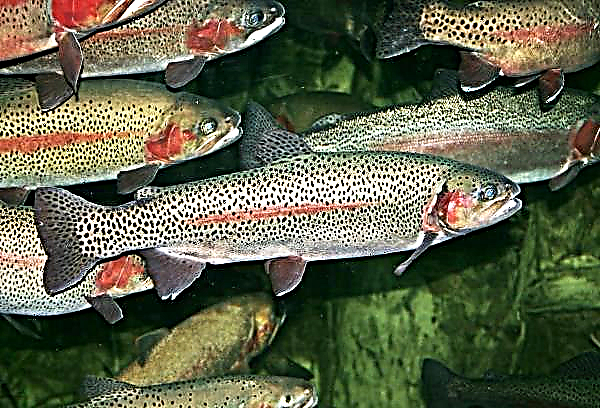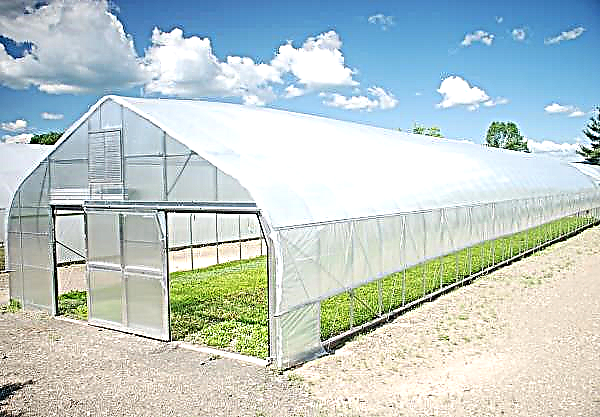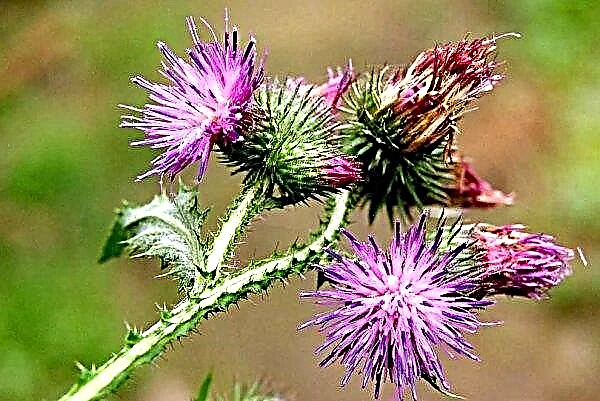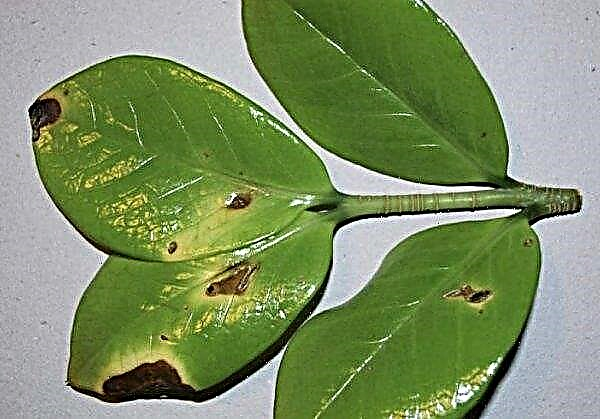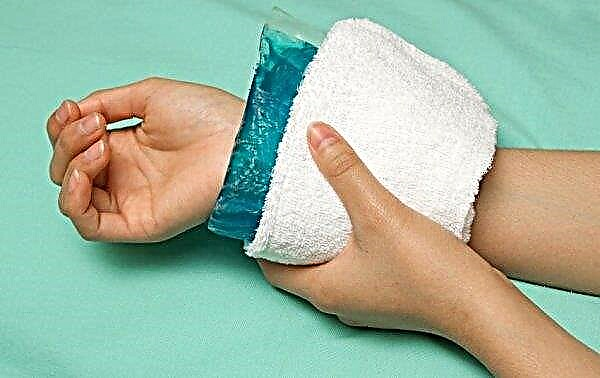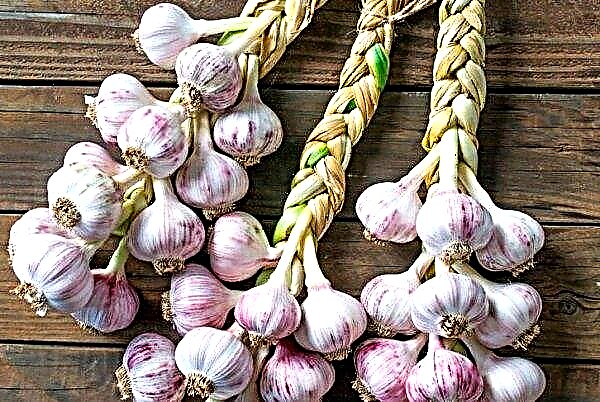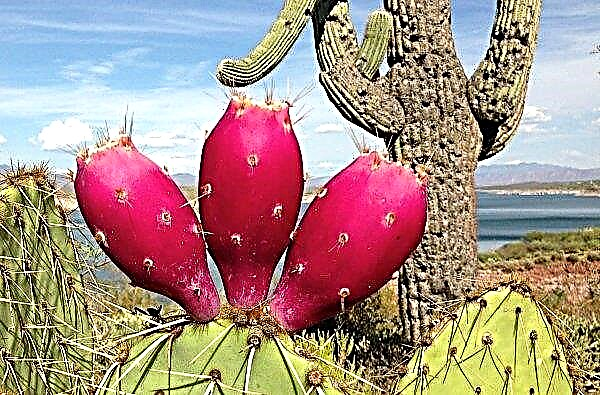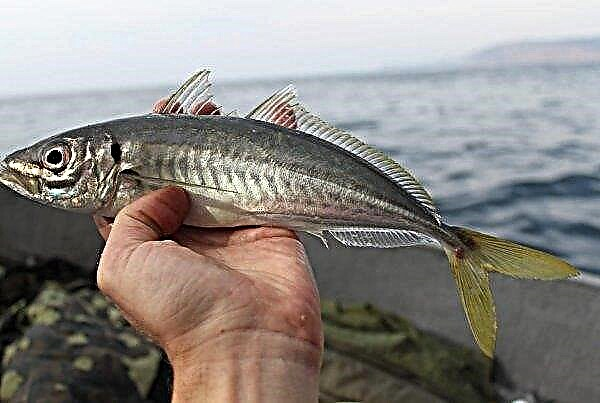Dill is one of the most popular culinary spices, which is widely used in the preparation of any kind of dishes. A significant advantage of its application is the ease and simplicity of growing at home, in a greenhouse and even in open ground, where the plant is sown in spring or autumn. How dill emerges, and after how many days it will be possible to harvest - depends on many factors, the main of which will be considered in this article.
How much dill emerges after sowing
On average, the appearance of the first seedlings takes from 14 to 25 days, depending on the characteristics of a particular variety. However, do not forget about the temperature conditions for growing seedlings, therefore, in different regions, the indicated dates may shift slightly in different directions.
To provide yourself with a sufficient amount of dill throughout the summer period, regularly sow the seeds of the crop on the garden bed. As long as the previous crop is used, a new crop will already be ripe on it.Important! If, after the appearance of the first seedlings, they are immediately thinned out, then in a few weeks it will be possible to collect dense and strong greens, and the number of crops will increase markedly.

What affects the dill shoot time
How many days seeds will need for active growth and the appearance of the first seedlings above the soil surface, first of all, depends on the selected cultivar, the features of greenery care and weather conditions. However, if the last criterion does not depend much on your desires, then it is up to you to speed up the harvest by choosing the right crop and proper attention to it during the growth process.
Varieties of dill
The odorous bush dill is very popular not only in the territory of the Russian Federation, Ukraine, Belarus and neighboring countries, but also on the lands of distant foreign countries, therefore it is not surprising that today there are a huge number of different varietal variations of the plant, both for growing in open soil and for seeding in seedlings at home. In the best case, the first crop can be harvested in 30–40 days, but this is only when you sow the seeds of one of the early ripe varieties of the crop on the site. In Russia, the following are among the most popular such plants:
In Russia, the following are among the most popular such plants:
- Redoubt - a very fragrant dill, growing up to 27 cm in height (ready for cutting already 30–35 days after sowing in the soil and does not require any special care).
- Gribovsky - characterized by aromatic and fleshy greens, up to 25 cm high. Among the main advantages are unpretentiousness in leaving and a possibility of cutting of greens already in 35 days after crops (it is well suitable for use in conservation).
- Aurora - a relatively young variety of dill, which gives the crop already 25 days after the appearance of the first seedlings. The leaves of the culture are slightly elevated above the ground, so they rarely get dirty and always remain juicy and fragrant. Among the characteristic advantages - the ability to long-term preservation of commercial qualities.
- Further - characterized by the average size of green leaves and grows up to 25 cm in height. In addition to early ripening, the additional advantages of this variety include good resistance to temperature fluctuations and lodging. The application is universal.
- Grenadier - no more than 35 days pass from sowing to seedlings. It can be grown both on herbs and for spices. Plants reach a height of 26–29 cm, leaves are coarsely segmented, fragrant and very juicy in taste.
Important! If you are going to use dill for preserving vegetables, it is best not to remove the first suitable greens. If she stays in the garden for another week (from the full maturity specified by the manufacturer), it will only become more aromatic.
Grade Care
Almost any variety of dill is successfully grown in open ground, but in order to provide yourself with the maximum possible amount of tasty and aromatic crops, it is important to follow certain rules of agricultural technology for growing crops. The first thing you should pay attention to is properly organized watering, top dressing and timely control of diseases or pests. Each action has its own characteristics, which must be taken into account even at the stage of sowing seeds. Selection and preparation of the site. So that the leaves of dill do not burn out in the sun, but always remain juicy and green, you will have to choose a shaded area of the garden for the culture. The day before sowing dill, the soil needs to be re-dug again (you can not use a full bayonet shovel) and slightly loosened so that it is easier for young plants to break out. It is advisable to fertilize depleted soils periodically with organics, performing the procedure at least once a year - in the fall.
Selection and preparation of the site. So that the leaves of dill do not burn out in the sun, but always remain juicy and green, you will have to choose a shaded area of the garden for the culture. The day before sowing dill, the soil needs to be re-dug again (you can not use a full bayonet shovel) and slightly loosened so that it is easier for young plants to break out. It is advisable to fertilize depleted soils periodically with organics, performing the procedure at least once a year - in the fall.
Watering. Adequate soil moisture has a direct effect on the juiciness of the collected dill, so the introduction of fluid should always be systematic and plentiful. On especially hot days, dill is watered 2 times a day or an automatic irrigation system is left on the site. For 1 m² of stands, an average of at least 2-3 water buckets is required.
Top dressing. Organic fertilizers, in particular, nitrogen-containing ones, are perfectly suitable for fertilizing crops. True, due to the ability of the latter to accumulate nitrates, from time to time it is better to replace them with nettle infusion, which has already managed to ferment well over the past 5 days. In extreme cases, it is possible to fertilize the soil with prepared potash-phosphorus compounds, in the calculation of 10-15 g per 1 m² of territory.
Pests and diseases, their prevention. With proper care, there should not be any problems with the culture, however, this possibility cannot be completely ruled out. Of the ailments, the plant most often suffers from powdery mildew, blackleg, peronosporosis, fomosis, rust and fusarium wilt, the signs of which vary from the appearance of various kinds of spotting on the surface of the leaves and stem part to complete withering of the dill.
Fungicidal preparations can be used only if at least two weeks remain before harvesting.Did you know? One of the first mention of dill dates back to IV–III centuries BC e. and is connected with the works of the ancient Greek scientist Theophrastus, who in the list of ingredients for the preparation of incense recalls this spice.
Of the pests dangerous for dill will be:
- dill moth - Eats buds and flowers of a plant, and also pulls together a dill umbrella, entwining it with a secret resembling a web;
- carrot leaf, young individuals of which actively suck juices from the plant, due to which the leaves curl and dry out over time;
- carrot fly - a massive pest invasion occurs in mid-May and lasts about a month, when the appeared larvae go deep underground and damage the roots of the plant, thereby causing yellowing and withering of the aerial parts;
- striped shield - densely sticks around dill umbrellas and sucks out juice from them, because of which the green mass suffers;
- aphid - a light green insect, which in some cases is poorly visible on the plant (this pest not only sucks the dill juices, but also is the carrier of many infectious ailments that only aggravate the general situation).
 With a massive pest invasion, 10-14 days before cutting the greens, the plants should be sprayed with one of the most popular insecticidal preparations: Confidor-Maxi, Mospilan, Admiral, Iskra-Bio. Most often, 1-2 treatments are sufficient, but it is possible that a third one may be needed, with an interval of at least 4-5 days. As a preventative measure, observe crop rotation rules, plant useful plants (such as garlic) on the plot, and observe agricultural technical requirements.
With a massive pest invasion, 10-14 days before cutting the greens, the plants should be sprayed with one of the most popular insecticidal preparations: Confidor-Maxi, Mospilan, Admiral, Iskra-Bio. Most often, 1-2 treatments are sufficient, but it is possible that a third one may be needed, with an interval of at least 4-5 days. As a preventative measure, observe crop rotation rules, plant useful plants (such as garlic) on the plot, and observe agricultural technical requirements.Weather
Despite the fact that dill is considered a cold-resistant plant, it grows better in heat, so when it is planted in open ground, you should wait until the danger of return frosts passes. If sowing on a site is carried out at the end of spring or at the very beginning of summer, and the plantings are regularly watered with warm water, then the seedlings will not take long to wait. A crop sown in mid-spring or fall will germinate much longer until the soil is at an optimum temperature. In addition, precipitation has a positive effect on dill growth, because with sufficient moisture in the soil, especially if the greenhouse conditions are created for the plants, the seeds begin to grow faster. Plants germinate in a dry substrate in no less than 20 days, and then only if the seed has been pre-soaked in warm water for several days.
In addition, precipitation has a positive effect on dill growth, because with sufficient moisture in the soil, especially if the greenhouse conditions are created for the plants, the seeds begin to grow faster. Plants germinate in a dry substrate in no less than 20 days, and then only if the seed has been pre-soaked in warm water for several days.
Did you know? Infusions and decoctions of dill are a good remedy for excessive gas formation, asphyxiating cough, hiccups and even digestive disorders.
Useful tips gardeners
To accelerate the germination of sown dill, it is worth considering a number of important recommendations that will help to achieve the desired result:
- Before spring sowing, it is worth pre-soaking the seeds in warm water for 3-4 hours, changing the fluid used every hour (air should not affect the bag of seeds). So you will contribute to a more rapid dissolution of the ether shell and accelerate the germination of plants from seeds.
- The soil in the selected area should be soft and loose, therefore, on clay substrates, you will have to make the beds deeper and fill in the purchased loose substrate, sowing seeds already in it.
- In some cases, it is better to sow the seeds denser and in the garden under the trees. The experience of some gardeners proves that under such conditions, seedlings appear faster than in an open garden.
- In areas with heavy soil, it is worth sowing dill in the spring, loosening the soil a few days before planting. Winter sowing of crops in such places will not bring the desired result.
 Regardless of the selected dill variety, you still need to take care of it, because this is the only way to get a rich harvest of greens, and sooner or later for a week - this is not so important.
Regardless of the selected dill variety, you still need to take care of it, because this is the only way to get a rich harvest of greens, and sooner or later for a week - this is not so important.

